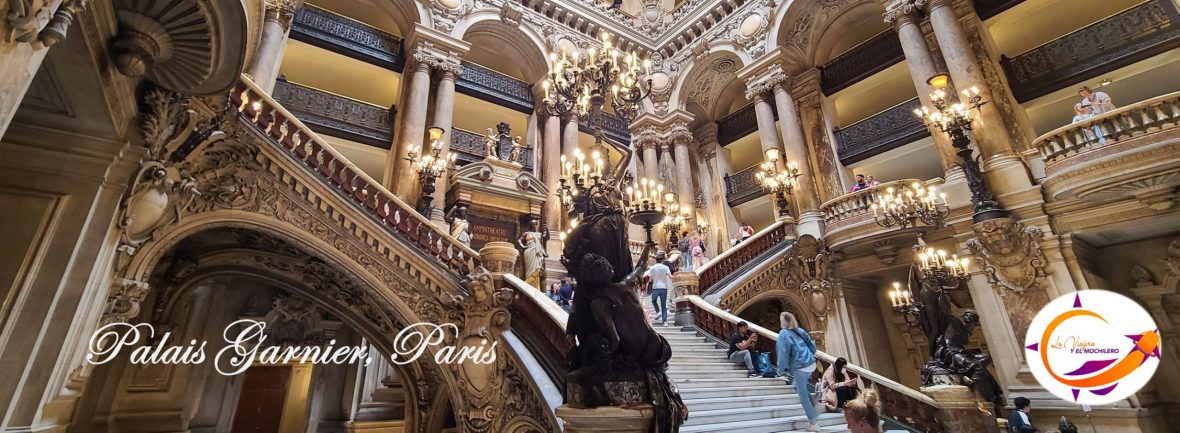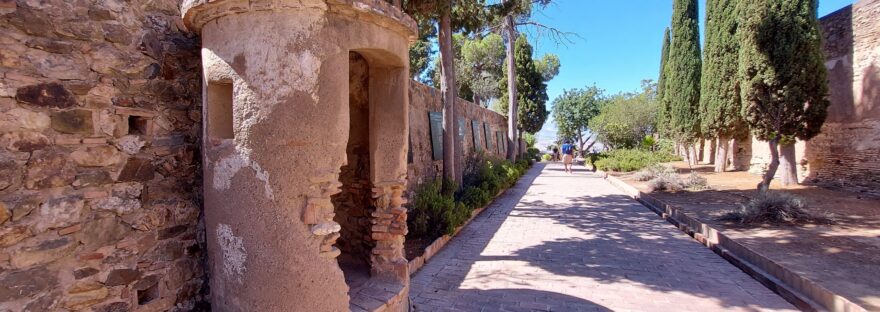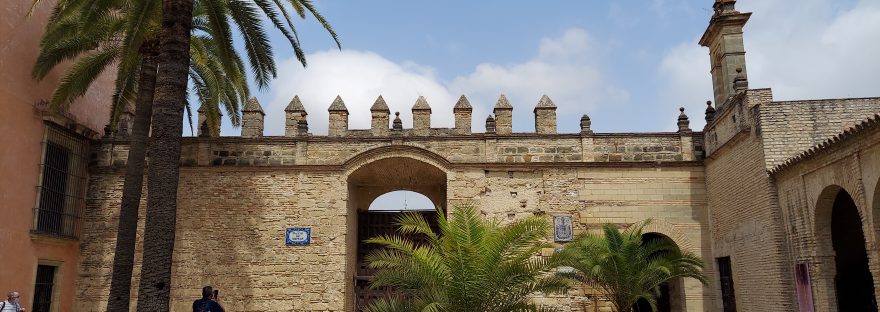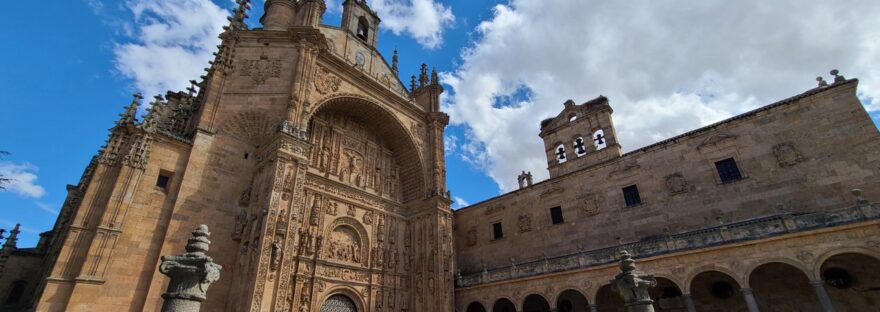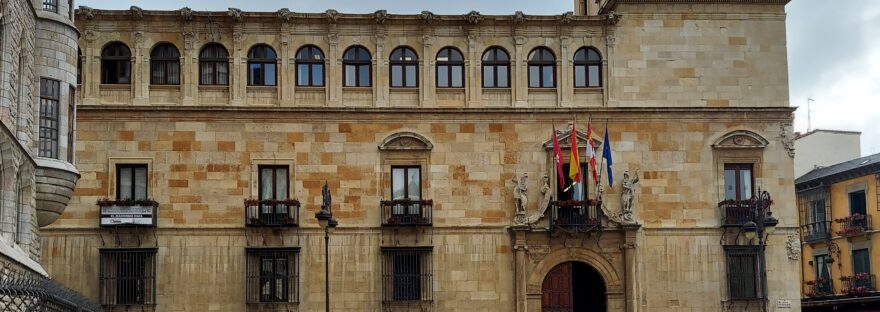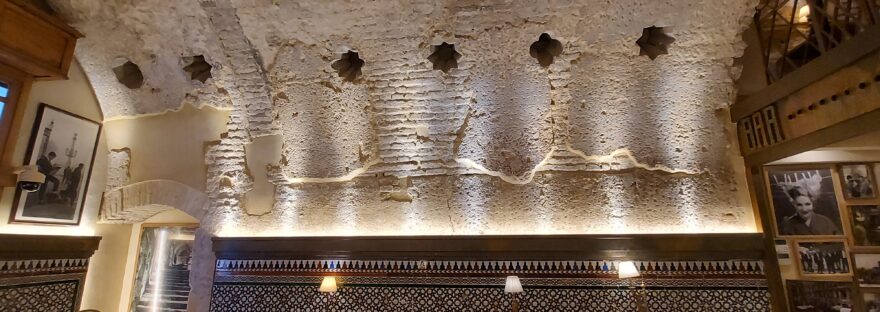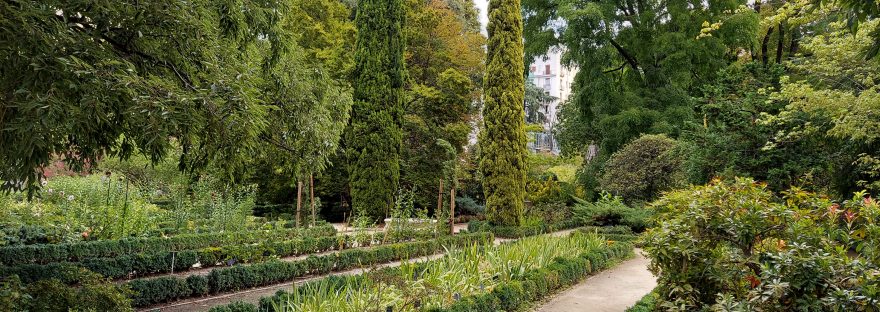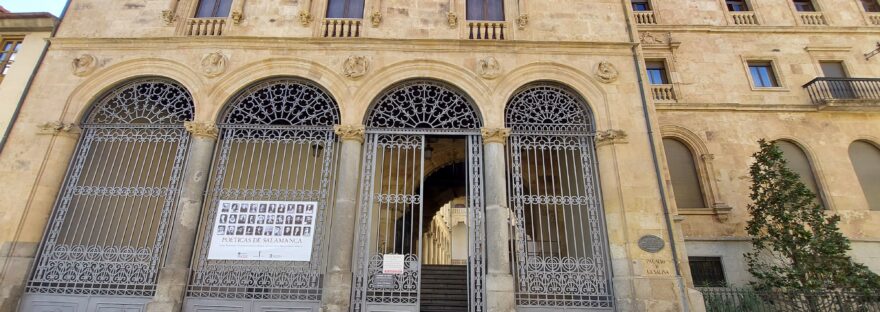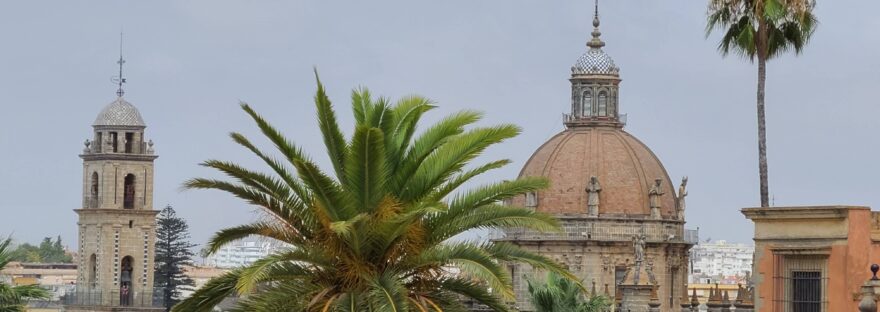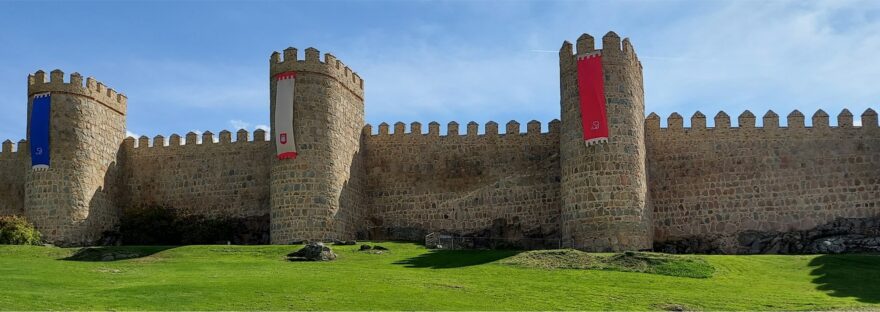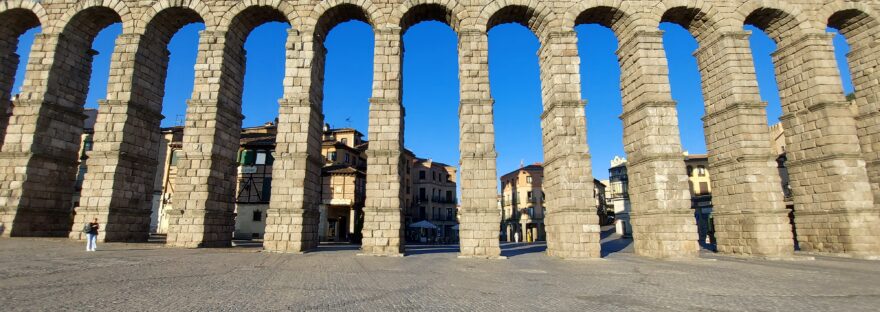The city of Malaga lies at its feet, beneath the “Gibralfaro” Castle, one of the most invincible fortresses of the Iberian Peninsula. Continue reading “The Gibralfaro Castle, a symbol of the city of Malaga”
Tag: LVYEM
The Alcazar of Jerez de la Frontera
The Alcazar is one of the most emblematic monuments of the Spanish city of Jerez de la Frontera and the oldest and best preserved. It is located in the southeast corner of the walled enclosure, forming with the walls, towers and gates, a complex defensive system. Continue reading “The Alcazar of Jerez de la Frontera”
Saint Stephen’s Convent
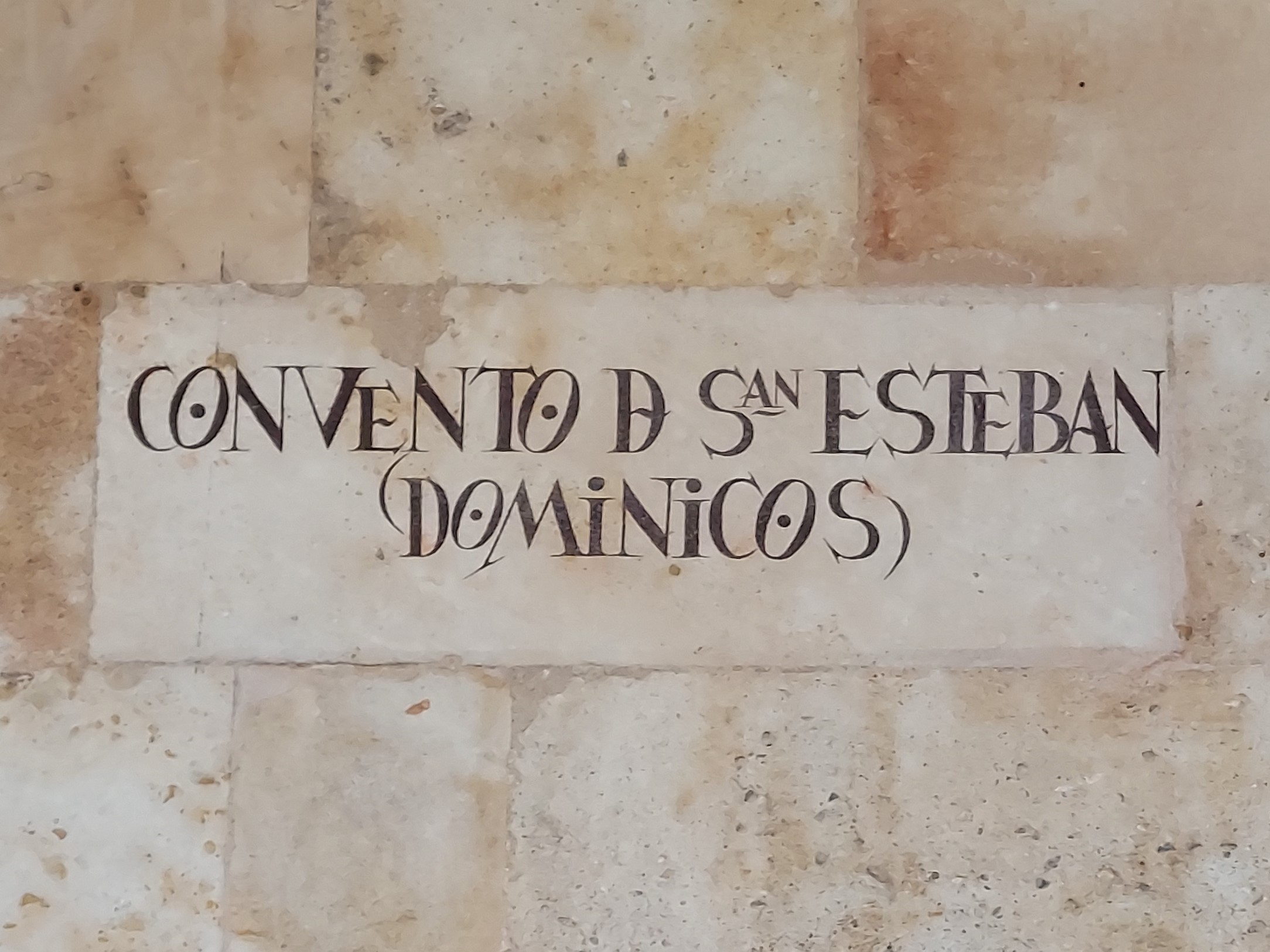 When one thinks of the Spanish city of Salamanca, one thinks of everything related to education, specifically theology, geography and law. Its medieval buildings were witnesses to a golden age, where illustrious characters who contributed and changed the rhythm of history strolled about.
When one thinks of the Spanish city of Salamanca, one thinks of everything related to education, specifically theology, geography and law. Its medieval buildings were witnesses to a golden age, where illustrious characters who contributed and changed the rhythm of history strolled about.
León and The Guzman’s Palace
The Guzman family was one of the oldest lineages in León. It was a powerful and very influential family of León, where they not only placed their Palace in the very center of this Spanish city, but also located it in such a way that its main façade opened onto the Plaza de San Marcelo. In addition, they demanded that nothing could be built in the square that would block that façade. There also accompanies this Palace, the Botines House designed by the architect Gaudí and the Old City Hall. Continue reading “León and The Guzman’s Palace”
The Giralda Brewery in an Arabian Bath House
There is nothing better than having “tapas” and a good wine or beer in the remains of an Arab bath. Yes, you read that correctly, we are talking about the best preserved 12th century Almohad bath in the whole Iberian Peninsula and it is located within the Giralda Brewery in Seville. Continue reading “The Giralda Brewery in an Arabian Bath House”
The Royal Botanical Garden in Madrid
Shown as a museum, where its living exhibits change throughout the year, making this great space unique in its kind in Spain, it is the Royal Botanical Garden of Madrid.
With a privileged location in front of the Prado Museum, the Royal Botanical Garden has a space of 75,000 m2, containing approximately 5,000 different species of trees and plants from all over the world. Continue reading “The Royal Botanical Garden in Madrid”
The “Salina” Palace
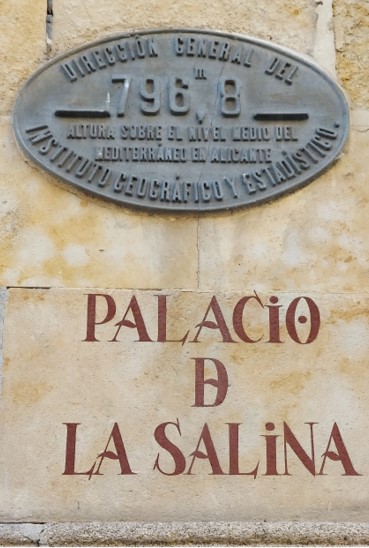 When visiting the Spanish city of Salamanca, a visit to the Palacio de la Salina is a must. Although only the courtyard is open to the public and can be visited, it is worth it. Continue reading “The “Salina” Palace”
When visiting the Spanish city of Salamanca, a visit to the Palacio de la Salina is a must. Although only the courtyard is open to the public and can be visited, it is worth it. Continue reading “The “Salina” Palace”
Cathedral of “Jerez de la Frontera”
When talking about Jerez de la Frontera, in the province of Cadiz, the first thing that comes to mind for obvious reasons, is its sherry. It is one of the most popular wines born in Spain and its wineries are internationally recognized. However, Jerez de la Frontera is much more than its wine. Its old town has monuments of incalculable value, such as its Cathedral. Continue reading “Cathedral of “Jerez de la Frontera””
Avila, the Walled City
Considered the best preserved medieval walled enclosure of Spain and probably of all Europe, the walls of Avila are its most outstanding monument. During a visit to Avila during the month of August, a traditional Medieval Festival was being celebrated. As a result, the walls were decorated for the occasion. Continue reading “Avila, the Walled City”
Segovia and its Roman Aqueduct
After seeing countless published photos of the Aqueduct of Segovia, we could not miss this beautiful Spanish city and observe at first sight this great monument.
